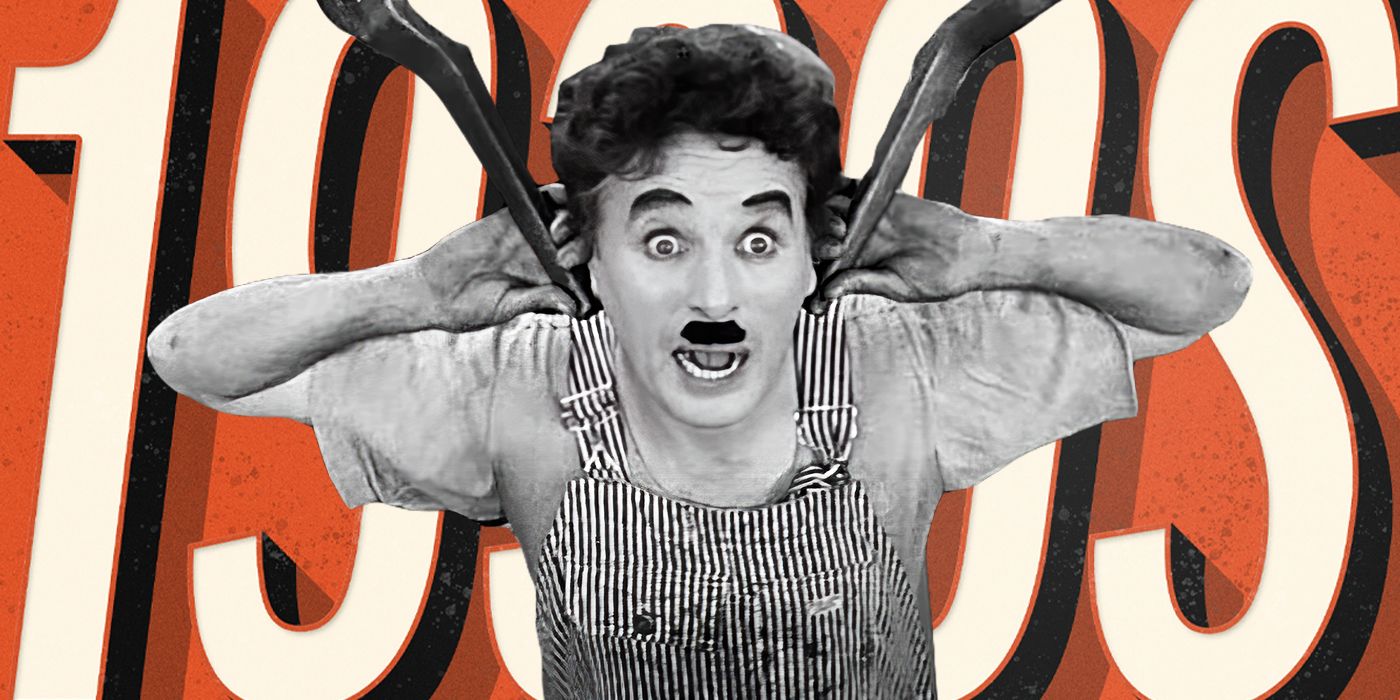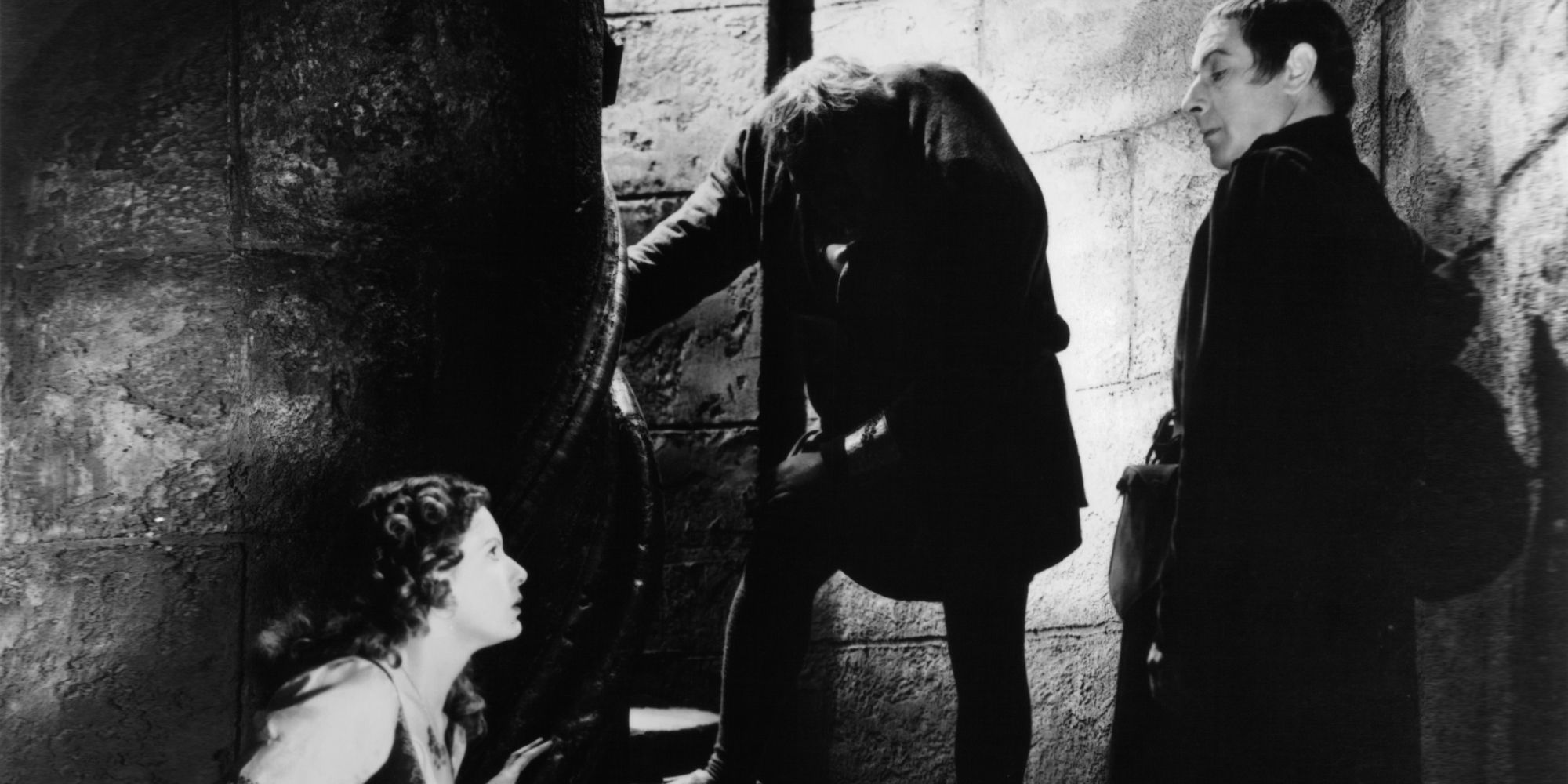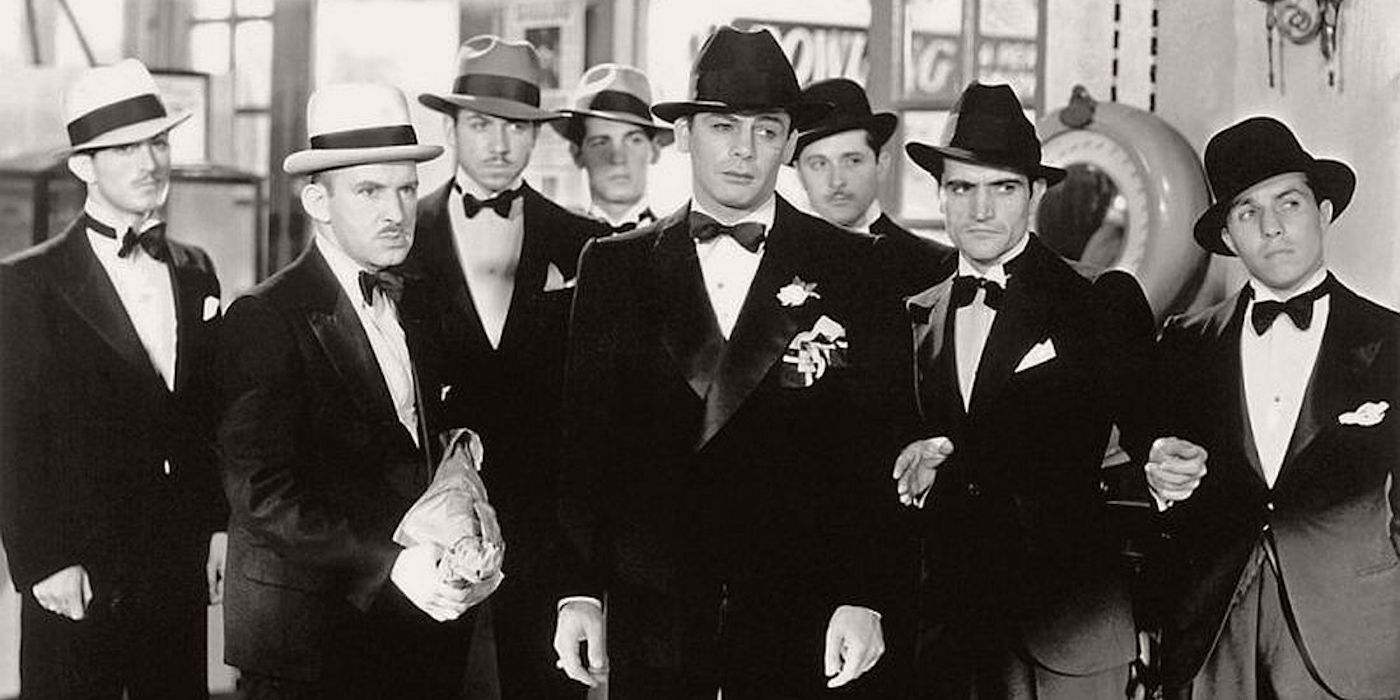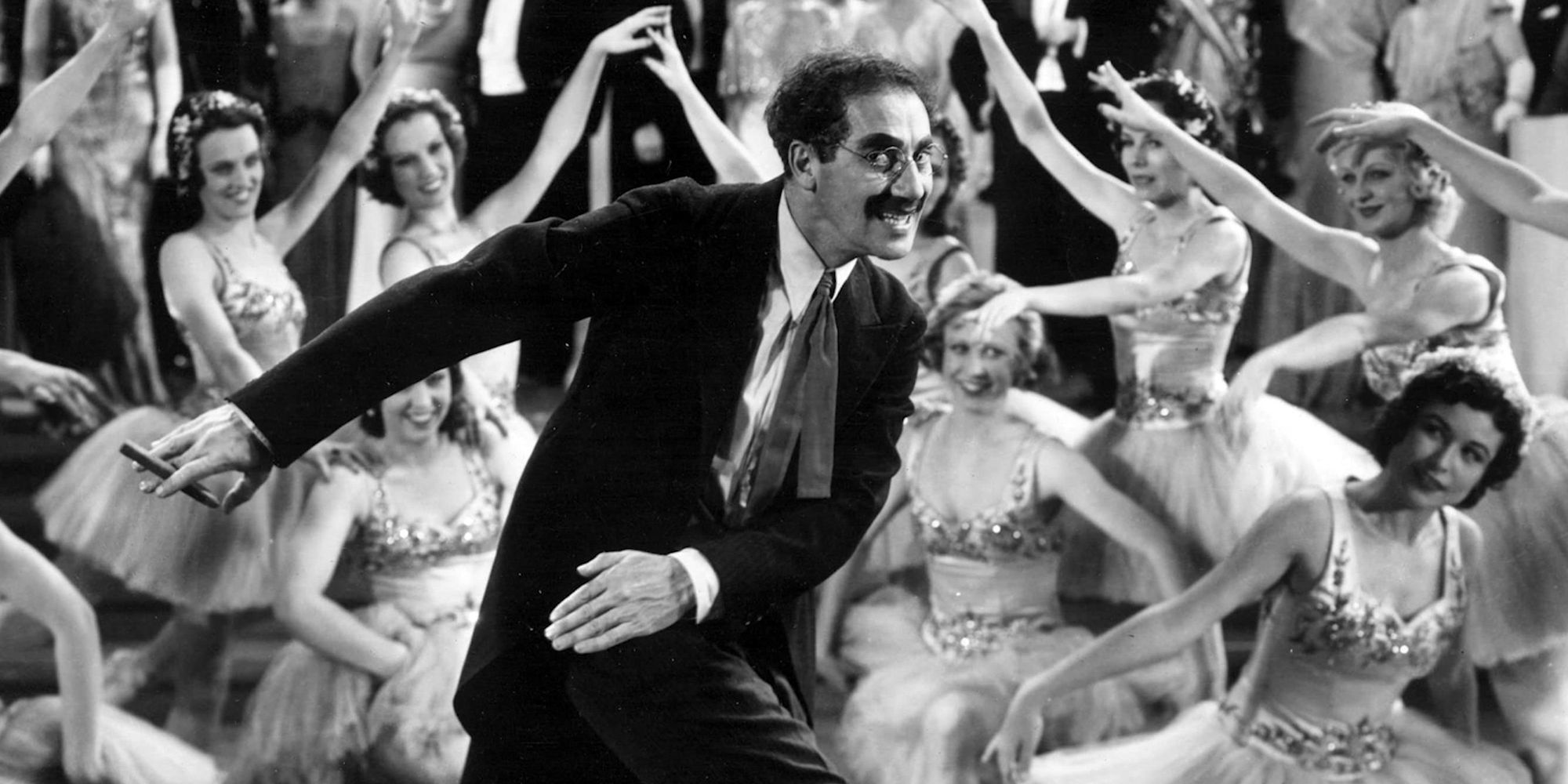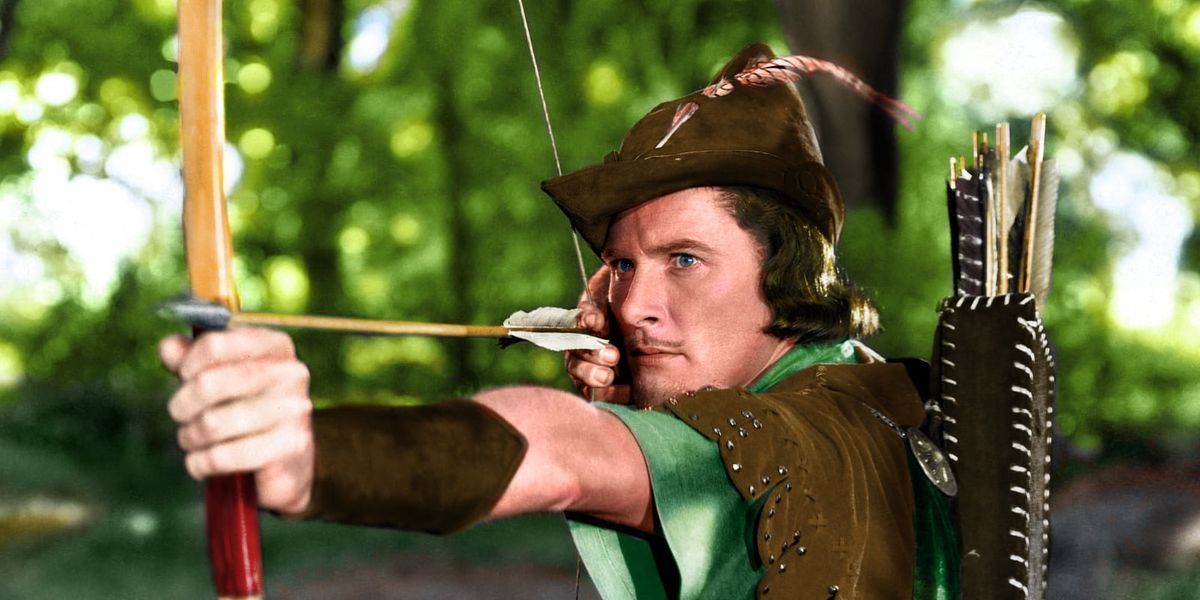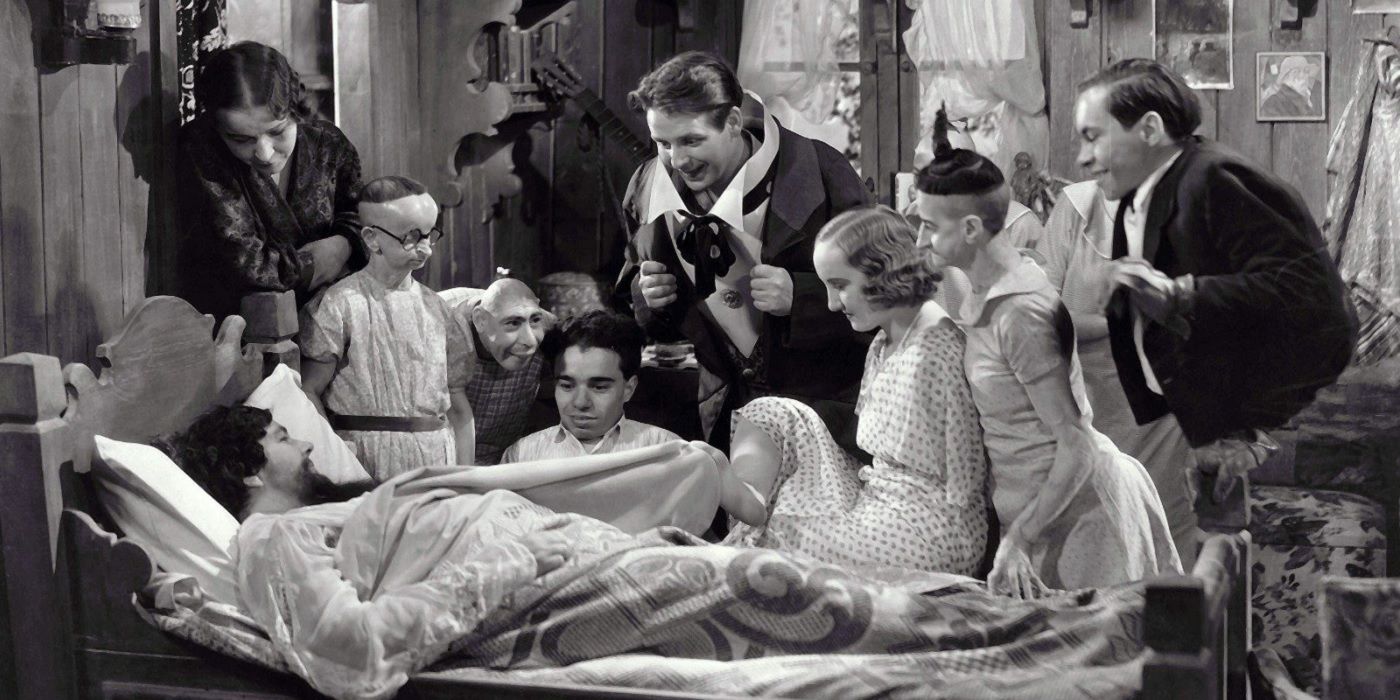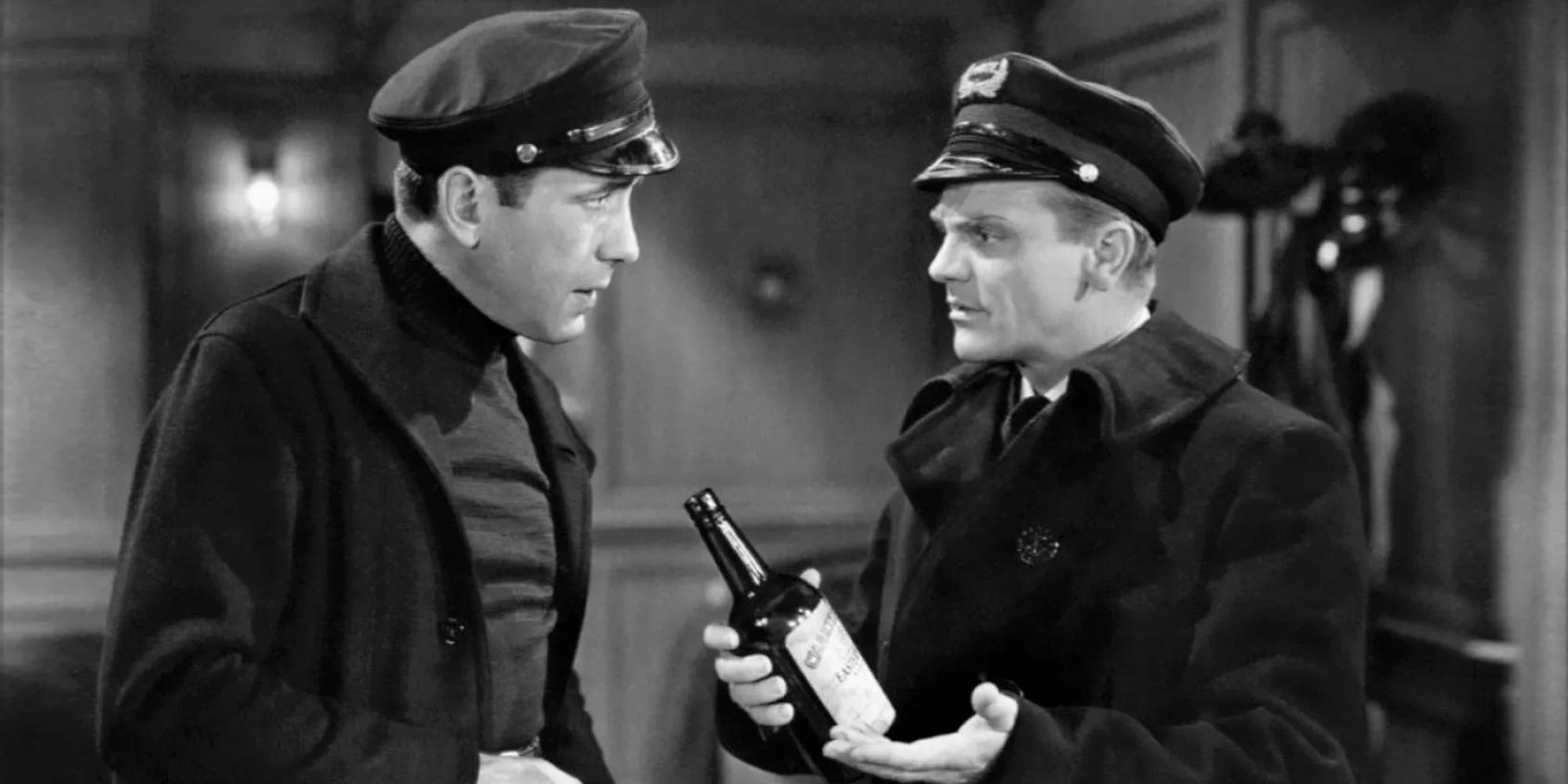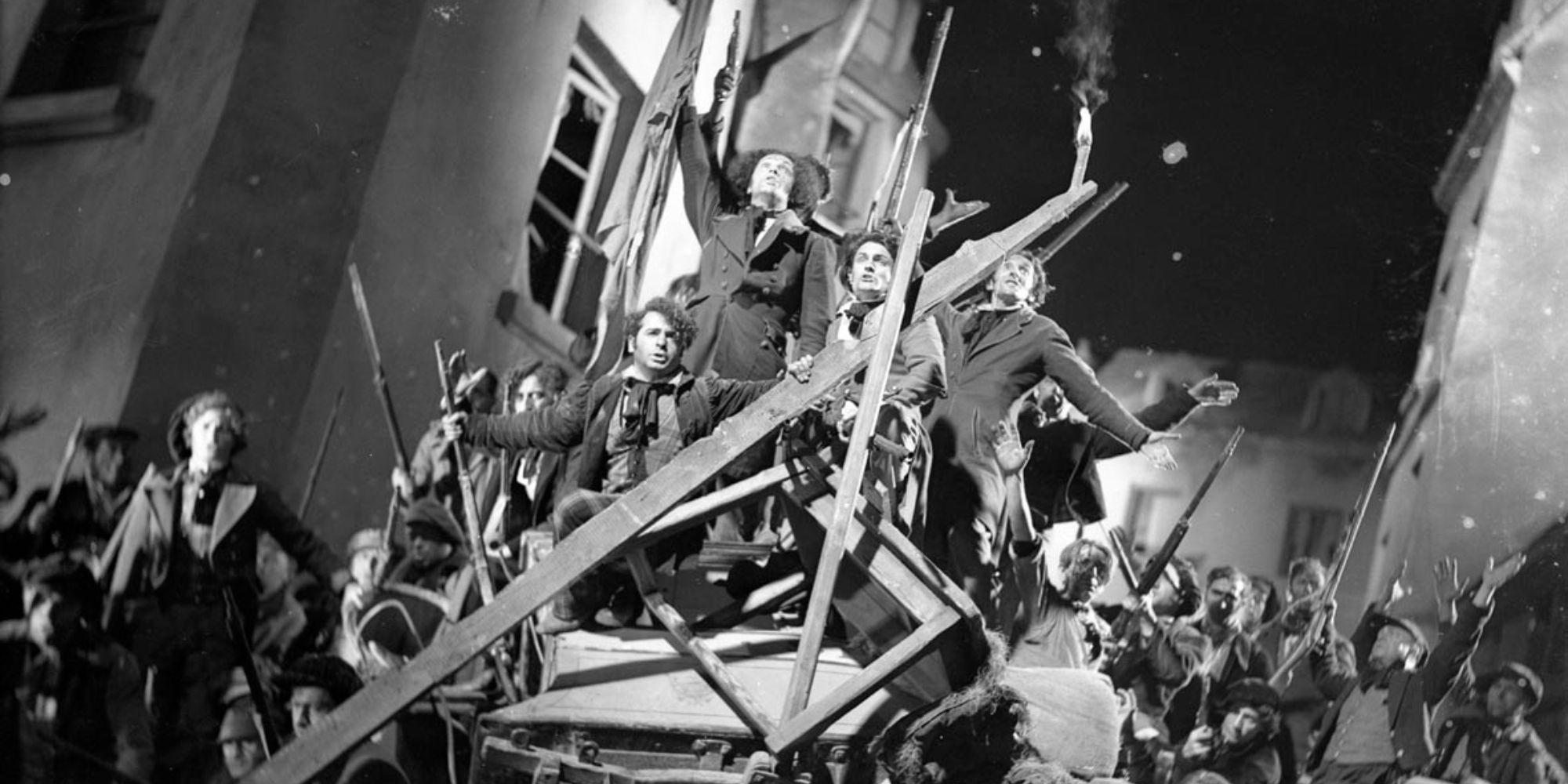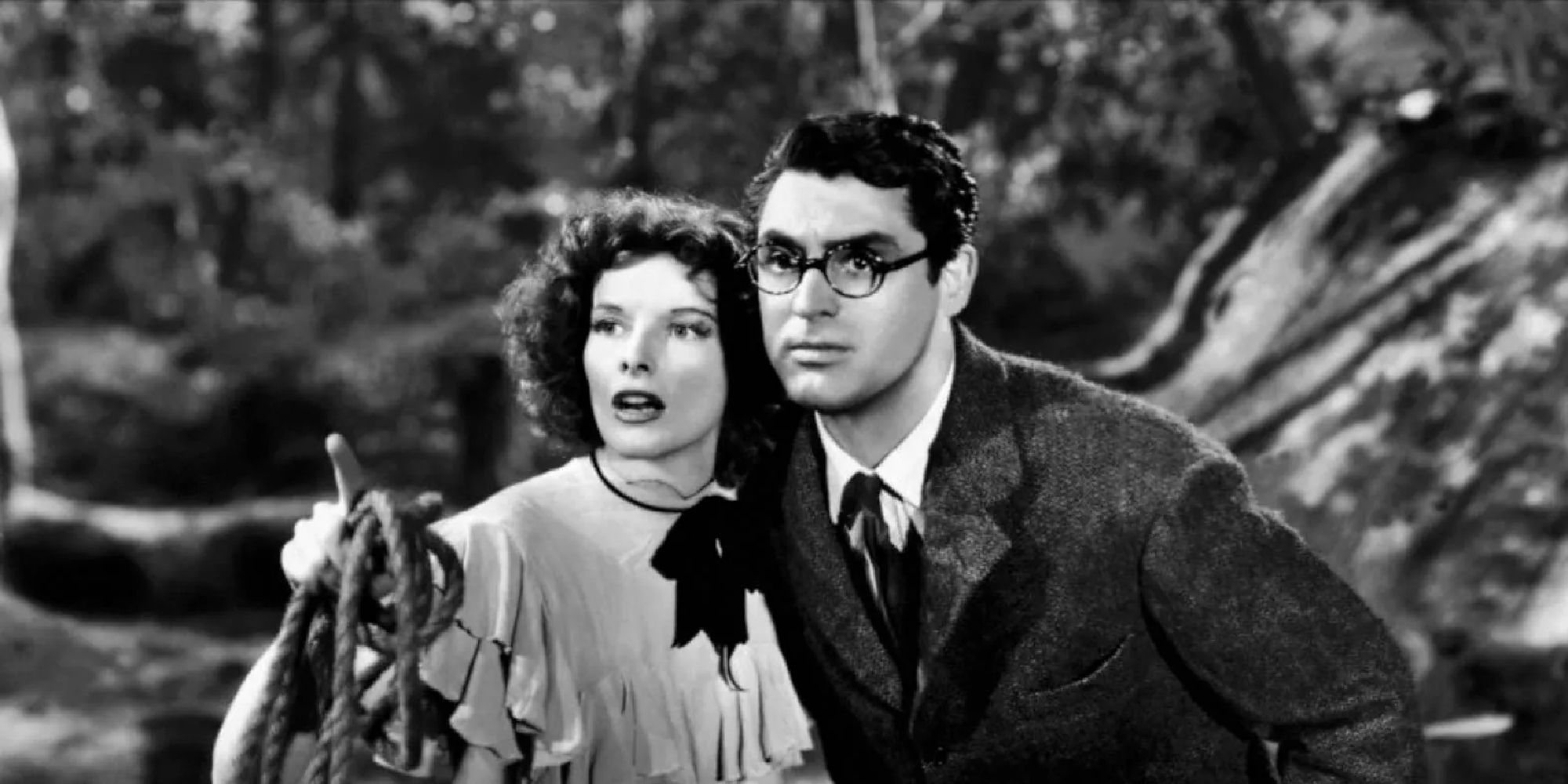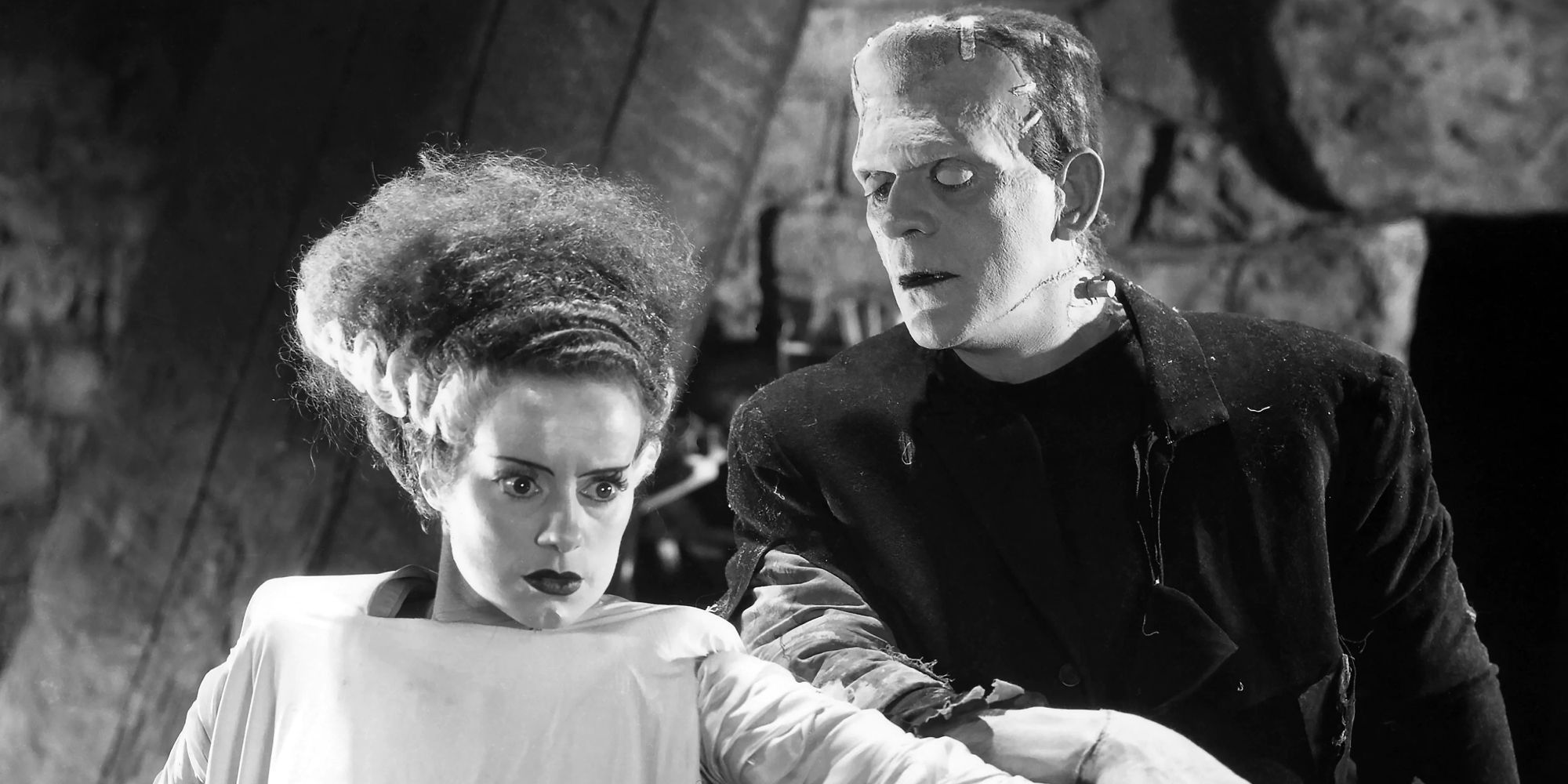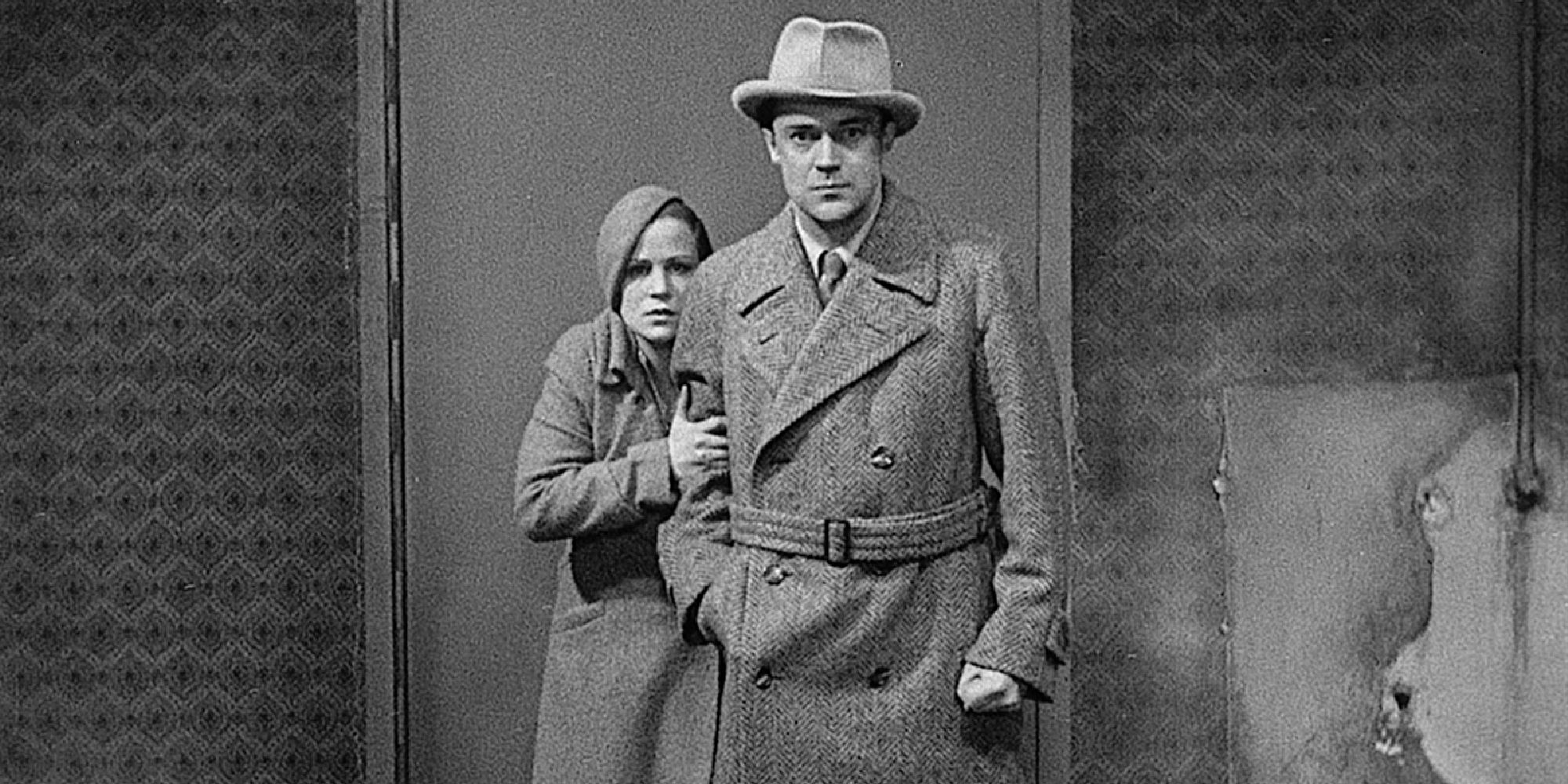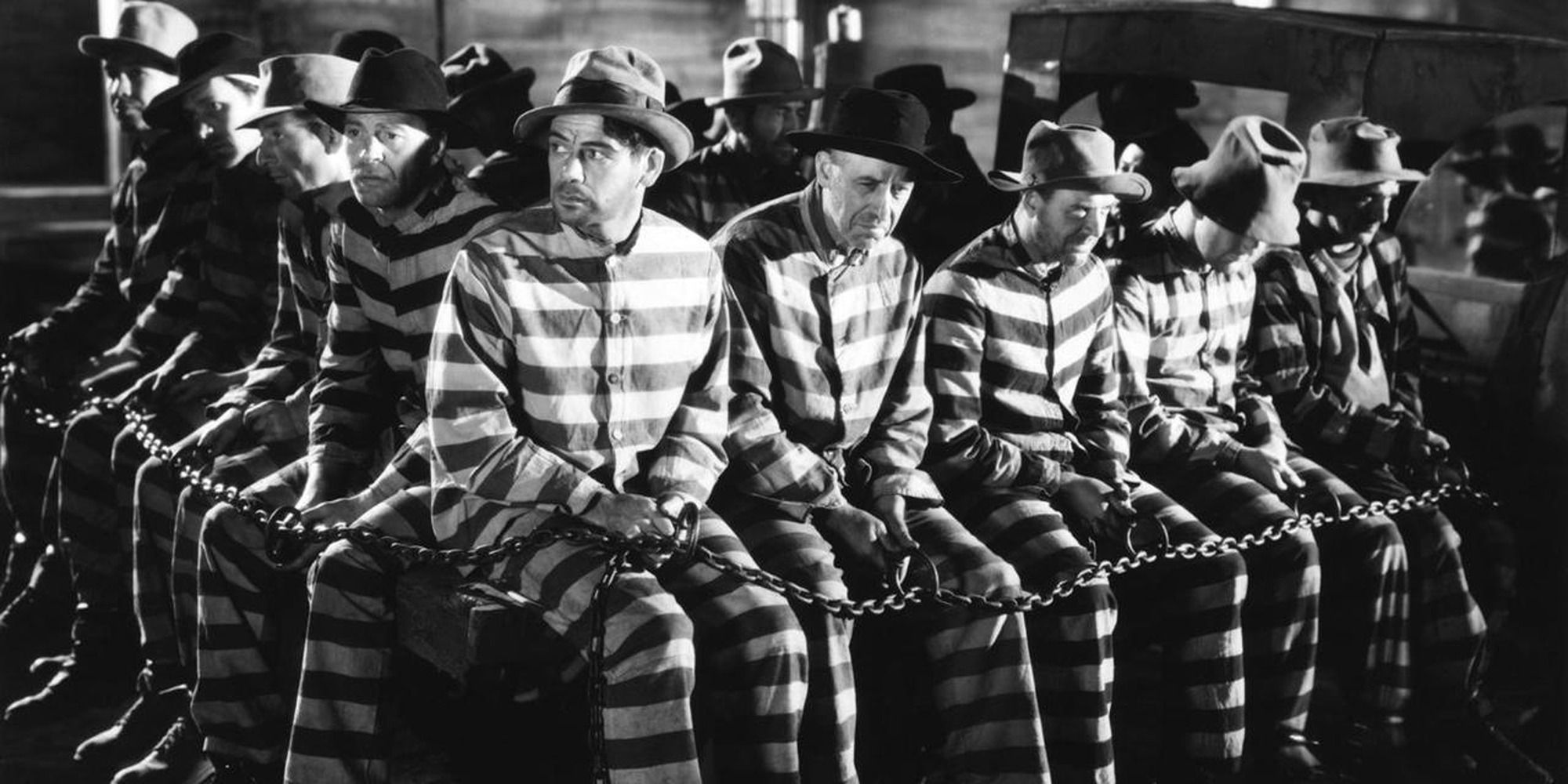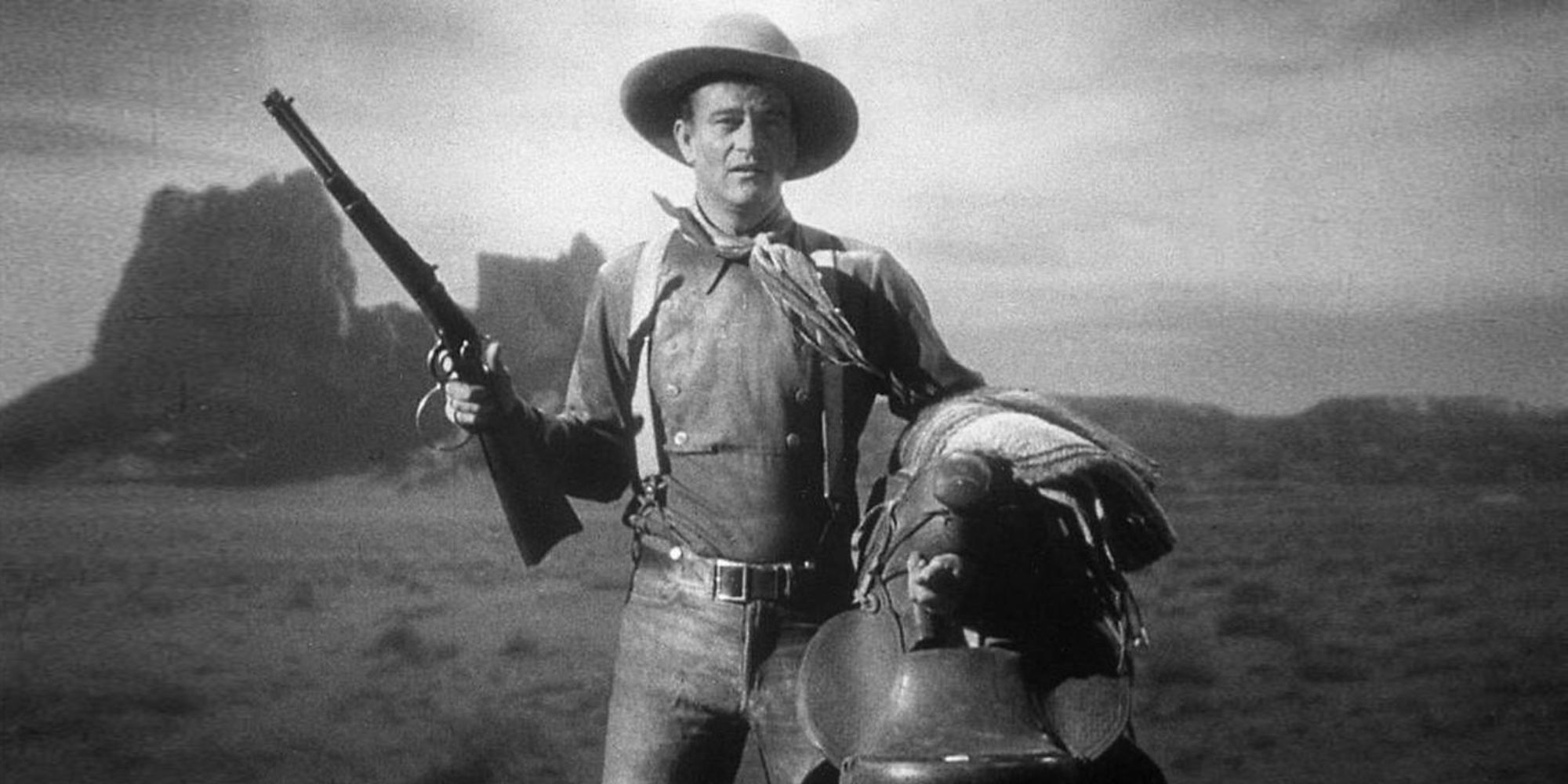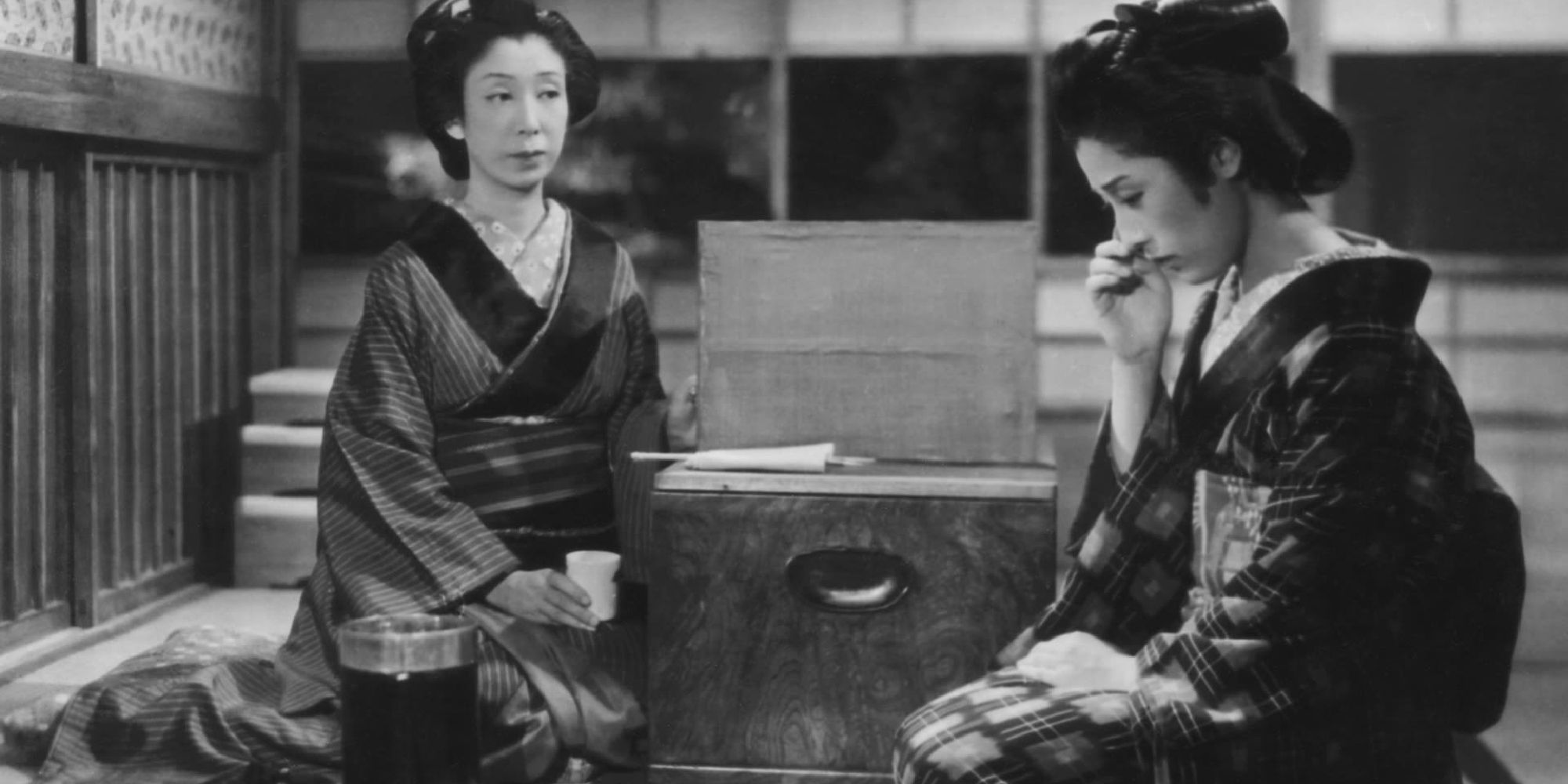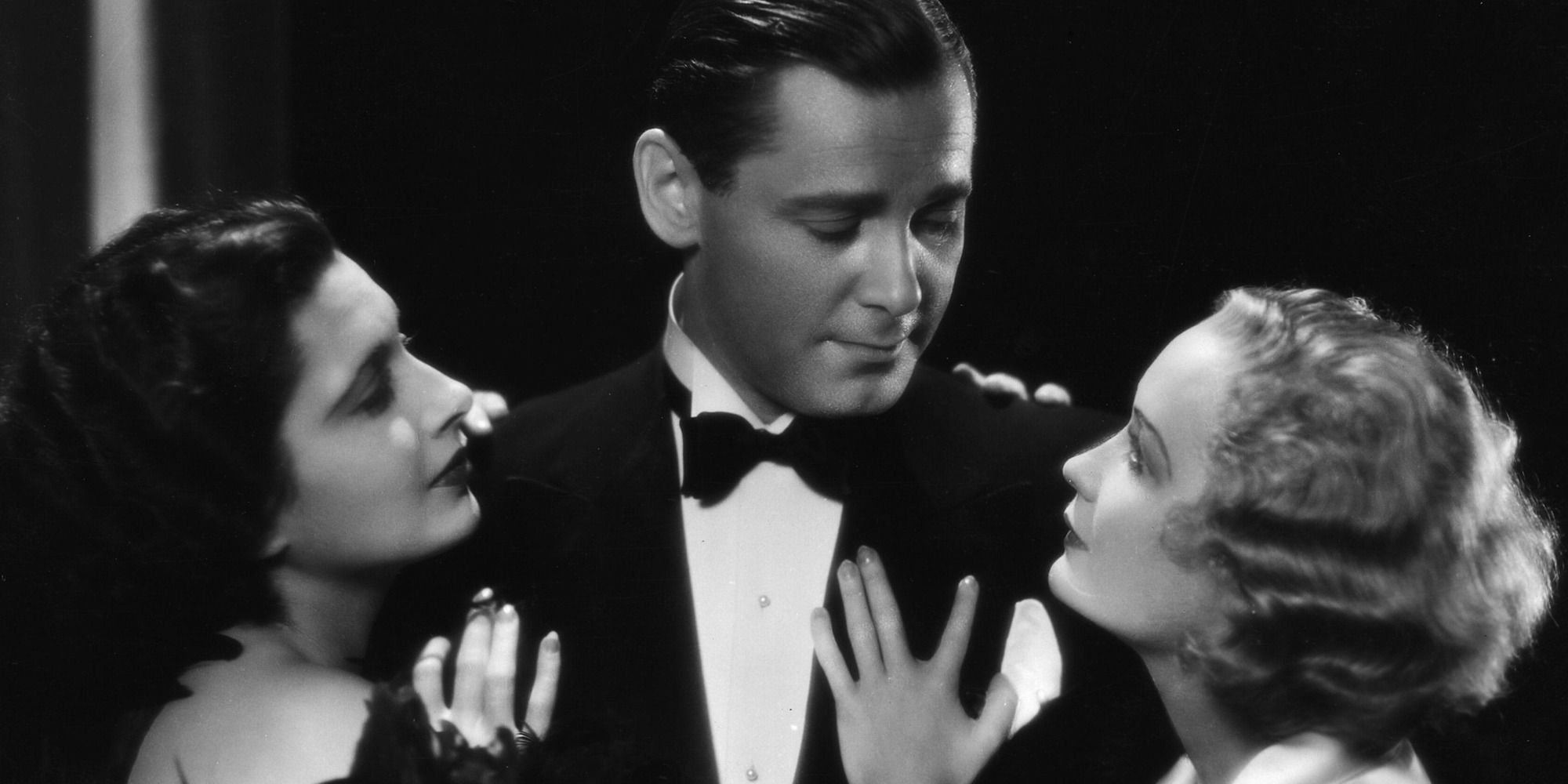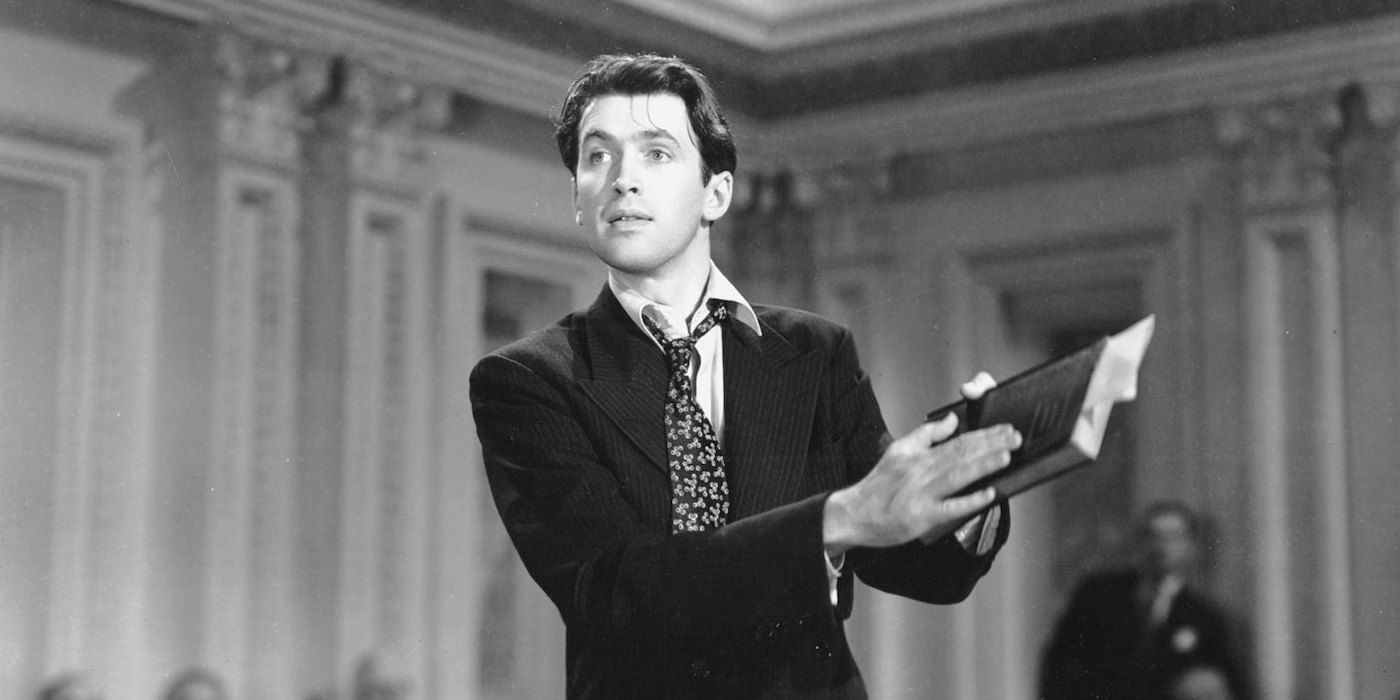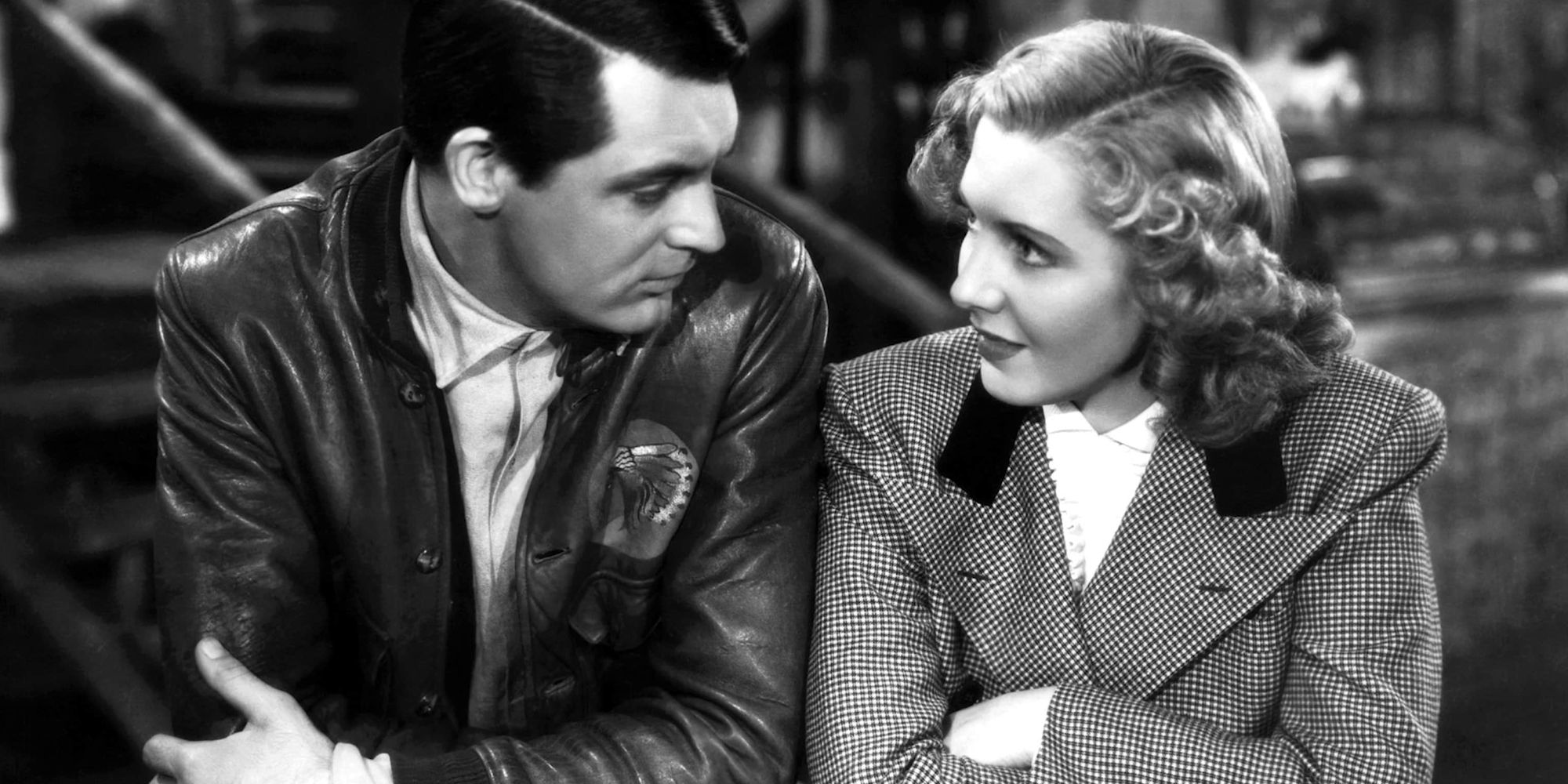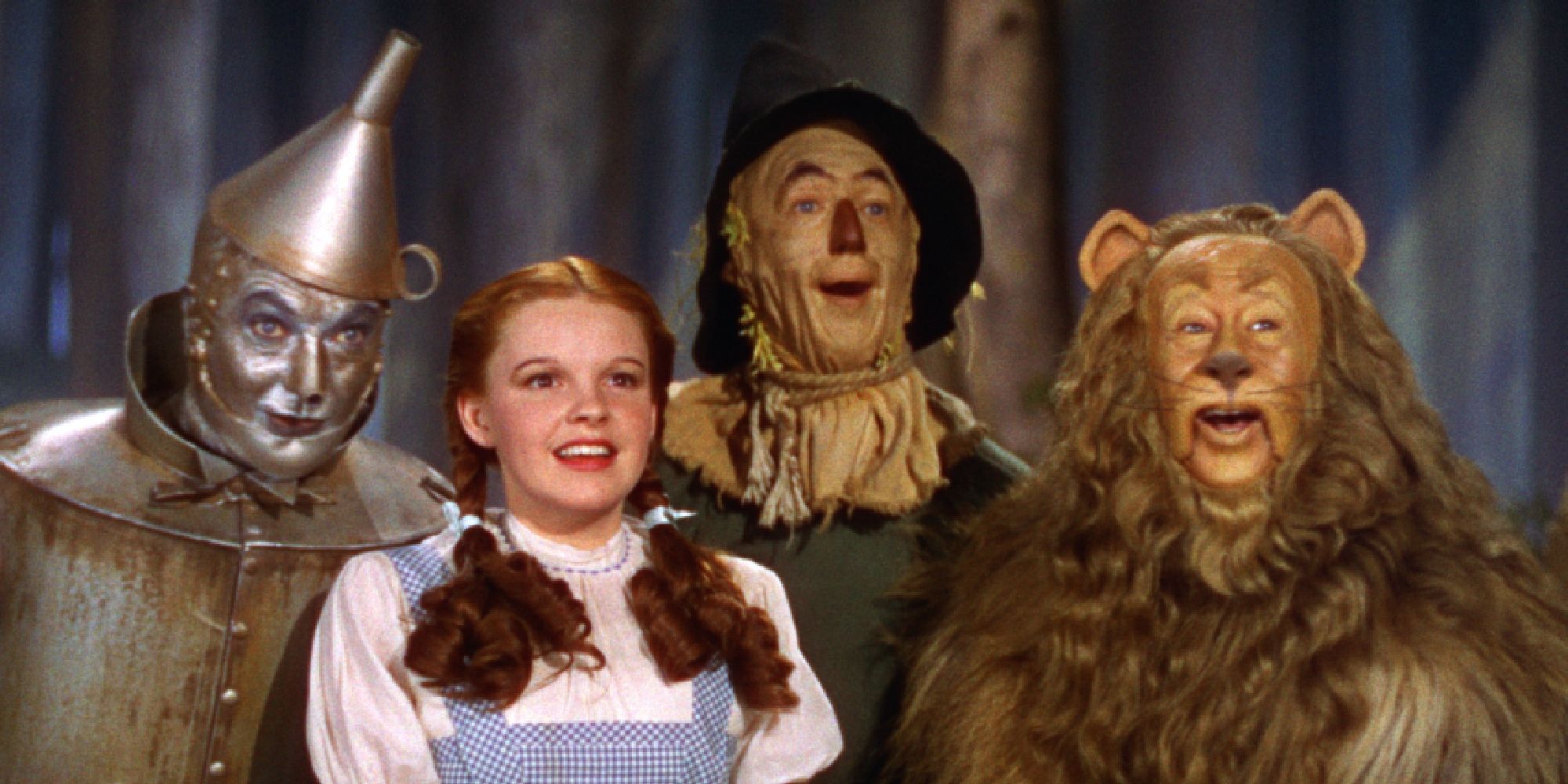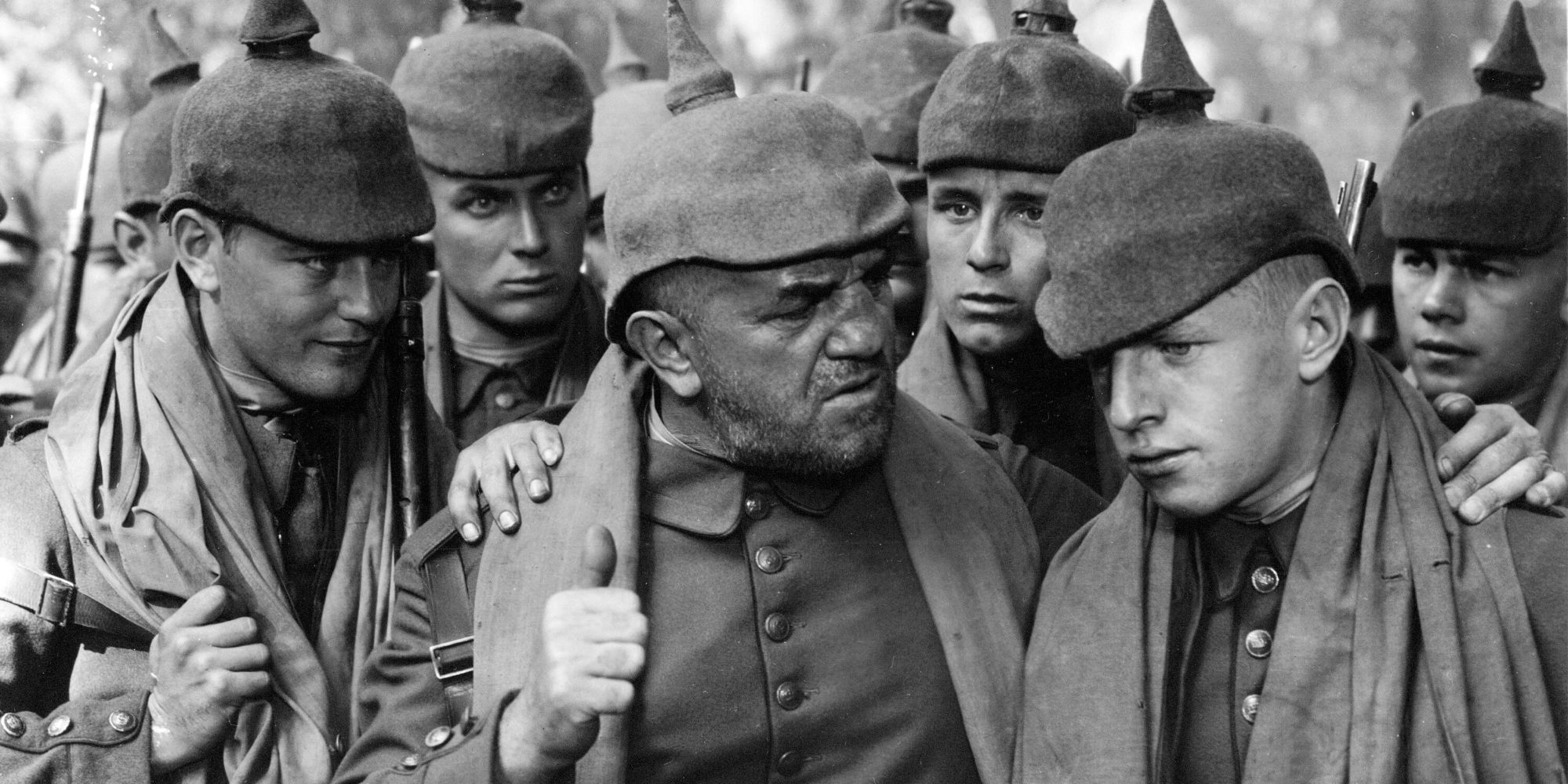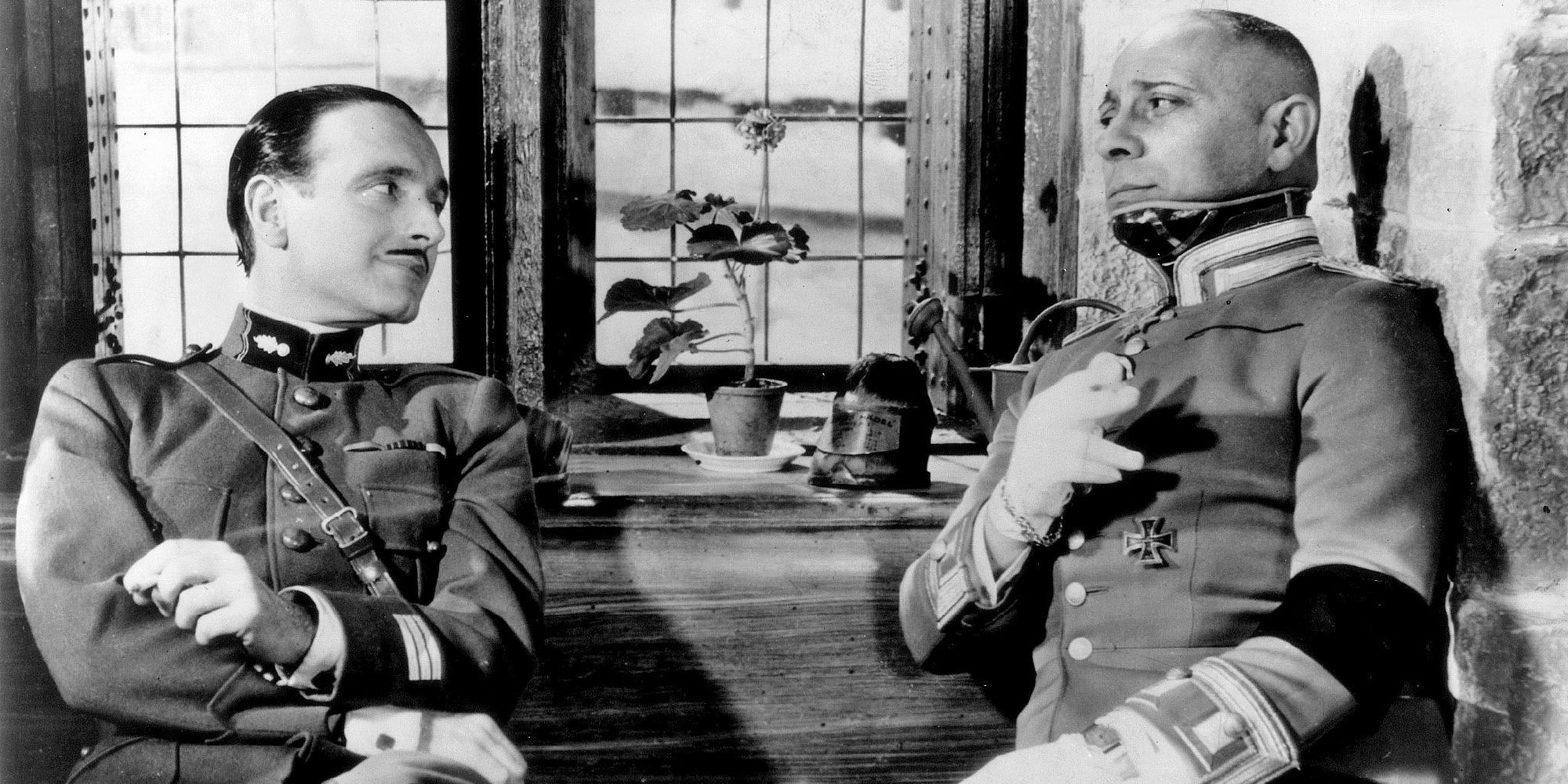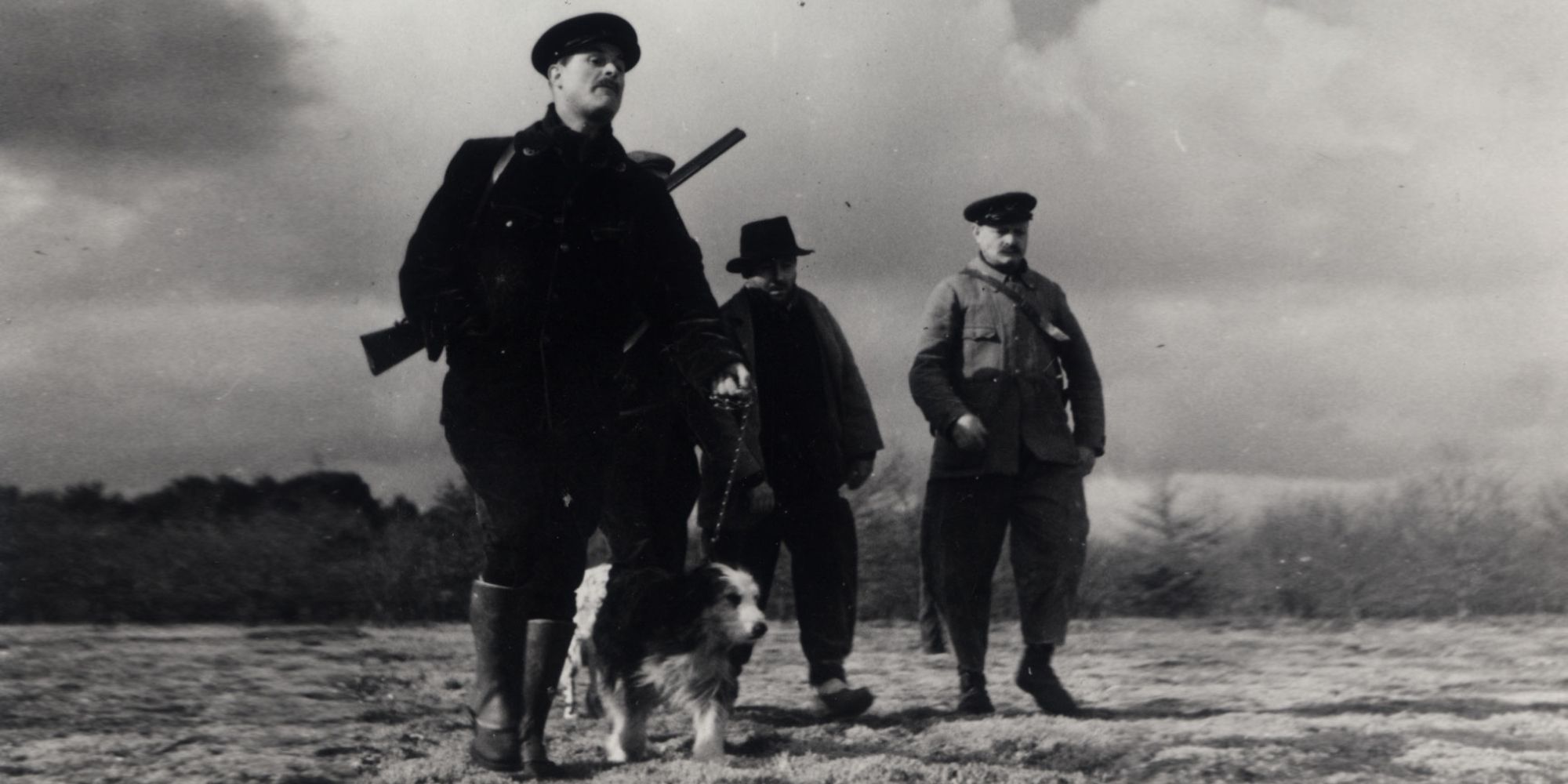The 1920s might have been roaring, but by all accounts, the 1930s were depressing. The entire decade was largely defined by the Great Depression, which began near the end of 1929 and lasted until 1939… a year that saw little relief on a global scale, given it saw the start of World War II, which went on to define much of the 1940s. Hard times, indeed, but at least cinema was as good as ever.
Hardships were plentiful, but filmgoers found escapism and comfort in the movies of the time, which had advanced technologically since the prior decade, given the advent of sound in movies in 1927. The 1930s was also a time when color film started to get a little more widespread, even if the majority of releases remained in black-and-white. There are plenty of films from this decade that still resonate, with some of the best ranked below, starting with the great and ending with the greatest.
25 'The Hunchback of Notre Dame' (1939)
Director: William Dieterle
Though its horror elements are somewhat downplayed, 1939’s The Hunchback of Notre Dame still has enough unsettling and bold imagery to be counted among the greatest gothic horror movies of all time. It takes place in the late 1400s, and has a story that involves a twisted Chief Justice, a hunchback who works for him, and a young woman who both men develop feelings for.
The story is more well-known among audiences today for the animated Disney version, which is good in its own right, of course, but changes various things about the original story to be more family-friendly. The 1939 version of The Hunchback of Notre Dame is more mature and gritty, and all in a way that still holds up while retaining a certain level of power and emotional impact, even when watched today.
24 'Scarface' (1932)
Director: Howard Hawks
Yes, 1983’s Scarface, starring a bombastic Al Pacino, is an epic crime classic, but it undeniably owes a great deal to 1932’s Scarface, which tells a very similar rise-and-fall story, and arguably codified that sort of narrative within the crime genre. Tony Camonte comes from very little, achieves a great deal of power and success in a short time, and then finds himself beginning to lose it all, due to his temper and other negative attributes.
There is a certain thrill in watching a character achieve a great deal of power so rapidly, even with the inevitability that it’s all going to be for nothing by the end. These sorts of gangster movies are morality plays, after all, and though 1932’s Scarface has understandably aged a little when compared to other crime movies, it still packs a punch and makes for a very engaging watch.
Scarface (1932)
- Release Date
- April 9, 1932
- Director
- Howard Hawks , Richard Rosson
- Cast
- Paul Muni , Ann Dvorak , Karen Morley , Osgood Perkins
- Runtime
- 93 minutes
23 'Duck Soup' (1933)
Director: Leo McCarey
The Marx Brothers were an iconic comedic team that made plenty of classic comedies that are still beloved to this day (Bill Hader’s a fan, for example). They were at their peak during the 1930s, both in terms of quantity and quality of films, and when it comes to selecting their arguable masterpiece, it seems fair to single out 1933’s Duck Soup.
With a nice and short runtime of just 69 minutes, Duck Soup never slows down for a second, telling a madcap and loose story about a war between two fictional countries being started for the pettiest of reasons. Along the way, there’s plenty of wordplay, slapstick violence, and even a handful of musical numbers for good measure. It’s hard to imagine someone coming away from such a rush of a film without feeling at least a little bit entertained.
Duck Soup
- Release Date
- November 17, 1933
- Director
- Leo McCarey
- Cast
- Groucho Marx , Harpo Marx , Chico Marx , Zeppo Marx
- Runtime
- 69 minutes
22 'The Adventures of Robin Hood' (1938)
Directors: Michael Curtiz and William Keighley
Robin Hood is a legendary fictional character, and one who never seems to go out of style when it comes to film adaptations. These include Kevin Costner playing the character in 1991’s Robin Hood: Prince of Thieves, Ridley Scott and Russell Crowe teaming up to make Robin Hood in 2010, and even Sean Connery playing an aging version of the character in 1976’s Robin and Marian. There’s also, of course, the animated Disney version of the story from 1973.
However, what’s arguably the definitive Robin Hood movie came out way back in 1938, and was called The Adventures of Robin Hood. It’s a fast-paced, action-packed, and overall breezy take on the classic legend surrounding a man who takes from the rich and redistributes their wealth to the poor. Overall, the film feels incredibly well-balanced when it comes to delivering action, adventure, romance, and even some comedic relief.
The Adventures of Robin Hood
- Release Date
- May 14, 1938
- Director
- Michael Curtiz , William Keighley
- Cast
- Errol Flynn , Olivia de Havilland , Basil Rathbone , Claude Rains , Una O'Connor
- Runtime
- 102 minutes
- Main Genre
- Adventure
21 'Freaks' (1932)
Director: Tod Browning
Freaks was one of the most controversial films of its decade, and to this day, it’s still able to divide viewers over the question of how it handles its lead characters, called “Freaks” by the title, though they are humanized in the film itself. Perhaps the arguments more surround how far that humanization goes, and whether it sufficiently does the job of not overstepping boundaries or making monsters out of people who have various deformities.
It is ultimately something of a horror movie, though arguably more of a drama, being set in and around a circus, and focusing on how various performers are made to feel like freaks, given they get gawked at by circus attendees. Freaks does show their point of view and their struggles, with the film ultimately being about them fighting back against their label and status within the circus. It’s a sad, strange, and sometimes unsettling film, and one of the boldest and most challenging of its era for sure.
20 'The Roaring Twenties' (1939)
Director: Raoul Walsh
Okay, Scarface (1932) is very good, but if you had to pick one old-school gangster movie from the 1930s to label as the very best, there’s a good argument to be made that The Roaring Twenties is most deserving. Not only do you get James Cagney at his very best in the lead role (the guy could play a gangster like no one else), but it also has Humphrey Bogart in a key supporting role, with the two combining to make this a real powerhouse film, when it comes to the acting.
And everything else is great, too, with a dramatic and well-paced story set during the titular decade, and following two friends who work together on a successful bootlegging operation during the Prohibition era. As tends to happen in these sorts of movies, things fall apart, with the second half of The Roaring Twenties feeling explosive and even tragic, making it one of the most impactful crime movies of its decade.
19 'Les Misérables' (1934)
Director: Raymond Bernard
Forget about the musical version from 2012; 1934’s Les Misérables is where it’s at, being one of many film adaptations of the Victor Hugo novel of the same name, and arguably the best. Running for close to five hours, this French-produced take on Les Misérables feels like a true and fitting epic, showcasing how numerous characters – each dealing with their own tragic lives – cross paths during a tumultuous time in French history.
It's something of a miracle that Les Misérables works so well, and over such a long runtime, too, given the wide-scale stuff surrounding revolution and class warfare feels appropriately grand, and the smaller, more character-focused moments are fittingly intimate and emotional. It does take a while to watch, but patient viewers will be rewarded immensely with a truly great adaptation of an epic novel.
18 'Bringing Up Baby' (1938)
Director: Howard Hawks
Screwball comedies were all the rage back in the 1930s, likely because life during the Great Depression was a struggle for most, and films that provided non-stop laughs and cartoonish situations proved understandably cathartic. Of these very silly and entertaining movies featuring characters who could talk a mile (or two) a minute, Bringing Up Baby is undoubtedly one of the very best.
The narrative of Bringing Up Baby is largely concerned with two mismatched people who are forced into a series of chaotic misadventures together, with an unlikely romance developing… though the film’s ultimately more focused on comedy than romance. Beyond simply being very funny and packed with timeless humor, the movie also proved influential in a rather unexpected way: influencing Christopher Reeve in his iconic portrayal of Clark Kent/Superman.
Bringing Up Baby
- Release Date
- February 18, 1938
- Director
- Howard Hawks
- Cast
- Katharine Hepburn , Cary Grant , Walter Catlett , Barry Fitzgerald
- Runtime
- 102 minutes
- Main Genre
- Comedy
17 'The Bride of Frankenstein' (1935)
Director: James Whale
There are numerous movies in the Frankenstein series, but the best of them might well be 1935’s The Bride of Frankenstein, which can also count itself among the greatest sequels in cinema history. It picks up from where things were left off in 1931’s Frankenstein, predominantly being about Frankenstein’s monster seeking revenge against his creator, and also requesting that Dr. Frankenstein builds him a female mate.
The Bride of Frankenstein delivers when it comes to being an old-school blend of horror and science fiction, sure, but it’s also a surprisingly emotional film about wanting to be loved, feeling lonely, and the ways that passionate feelings can tear one apart. That it also does all this while adding in a subtle amount of meta humor/commentary that feels exceptionally ahead of its time only makes it more impressive and deserving of its classic status.
The Bride of Frankenstein
- Release Date
- April 20, 1935
- Director
- James Whale
- Cast
- Boris Karloff , Colin Clive , Valerie Hobson , Ernest Thesiger , Elsa Lanchester , Gavin Gordon
- Runtime
- 75
16 'The Testament of Dr. Mabuse' (1933)
Director: Fritz Lang
The legendary Fritz Lang fled Germany in the 1930s, predominantly because of Adolf Hitler and the Nazi Party’s rise to power, but he managed to make a couple of masterpieces early in the decade before resuming his filmmaking career in Hollywood. One of these was The Testament of Dr. Mabuse, which is a sequel of sorts to 1922’s Dr. Mabuse, the Gambler, a crime epic about the cat-and-mouse game between a powerful criminal and a determined detective.
1933’s The Testament of Dr. Mabuse is arguably even better than that 1922 film, now benefiting from having sound without falling back on dialogue as a way to over-explain things; it’s still a bold film visually, and one that uses images to tell much of its story. It’s an eerie blend of crime, horror, and thriller genres, and still feels unpredictable and exciting to watch, as well as clearly being an influential work for the mystery and thriller genres as a whole.
15 'I Am a Fugitive from a Chain Gang' (1932)
Director: Mervyn LeRoy
Movies about fugitives never really go out of style; just ask Harrison Ford and Tommy Lee Jones, who both gave great performances in 1993’s The Fugitive, released more than 60 years after the similarly great I Am a Fugitive from a Chain Gang. The premise of this 1932 film is nice and simple, as the descriptive title would imply, focusing on one man’s perilous journey to survive the world after escaping from a particularly brutal form of imprisonment.
It's easy to see how I Am a Fugitive from a Chain Gang proved influential, because it’s all about a man being on the run for a crime he didn’t commit; the sort of premise Alfred Hitchcock explored a great many times during his career, too, many of them being of the same decade – or later – than this film. I Am a Fugitive from a Chain Gang really holds up, and is still able to thrill and provoke thought more than 90 years on from its initial release.
14 'Stagecoach' (1939)
Director: John Ford
It might be hard to believe, but John Wayne wasn’t a huge star for many of the early years of his career, with a few lead roles, but more often supporting or even uncredited extra roles popping up in his filmography during the late 1920s and much of the 1930s. As such, Stagecoach was a particularly significant film within his body of work, as it arguably made him a true star, and in the decades following, he remained an iconic figure within the American film industry.
Stagecoach is also up there as one of John Ford’s greatest works as a director, and indeed, both Johns would work together plenty more times – tending to find great success – post-Stagecoach, too. This 1939 Western has plenty of adventure and broad drama, following a group of people making a perilous journey on the titular stagecoach. It’s an essential film, and also one where it’s easy to see its influence on the Westerns that followed in its wake.
13 'The Story of the Last Chrysanthemum' (1939)
Director: Kenji Mizoguchi
The Story of the Last Chrysanthemum is an early classic of Japanese cinema, telling a patiently paced and quite heavy story that plays out during the late 1800s. Narratively, it follows two people from different classes in Japanese society who fall in love, despite such a thing being taboo, and the struggles they face trying to make it in the world on their own while doing something many disapprove of.
It's one of those movies that deals with a subject that isn’t particularly relevant anymore, or at least not as plainly; it’s still resonant because divisions within society due to class still exist, and such things can still make bonds between otherwise similar human beings difficult. That’s all to say that The Story of the Last Chrysanthemum isn’t exactly a fun film, but it’s beautifully shot and very well-acted, overall feeling ahead of its time from a technical perspective for sure.
12 'Trouble in Paradise' (1932)
Director: Ernst Lubitsch
Trouble in Paradise is a fast-paced and funny romance/crime movie, narratively beginning by showing how two thieves – a man and a woman – who are both partners-in-crime and ordinary partners operate. Things get complicated, however, when a particularly high-stakes job leads to the man falling in love with the woman he was supposed to be targeting for the job in question, leading to a love triangle and an overall messy situation.
It was one of numerous iconic films written and directed by Ernst Lubitsch, and up there as one of his very best, thanks to the creative way it handles a seemingly simple plot and its frequent use of humor. Trouble in Paradise also might be an ideal movie to show anyone who believes films from the 1930s can’t measure up to more modern-day comedies, because this one still feels fresh and frequently hilarious.
11 'Mr. Smith Goes to Washington' (1939)
Director: Frank Capra
As might have become clear from aforementioned examples (and some films yet to be mentioned), 1939 was a particularly strong year in film history, both within the American film industry and for international cinema as a whole. Mr. Smith Goes to Washington is one of many great movies released during this legendary year for cinema, and follows what happens when a genuinely kind yet naïve man gets appointed to the United States Senate.
Mr. Smith Goes to Washington is, unsurprisingly, a movie largely about politics, but it tackles this subject in a way that feels easy to understand as well as gently humorous, making it an effective character drama and satirical film simultaneously. Its message about standing up to corruption, even if difficult, does still ring true and has the capacity to inspire, and that the film also has a great James Stewart performance at its center certainly doesn’t hurt, either.
Mr. Smith Goes to Washington
- Release Date
- October 9, 1939
- Director
- Frank Capra
- Cast
- James Stewart , Jean Arthur , Claude Rains , Edward Arnold
- Runtime
- 129 minutes
10 'Only Angels Have Wings' (1939)
Director: Howard Hawks
Only Angels Have Wings is yet another compelling 1939 release, this one being noteworthy for the way it combines a drama/adventure premise with a surprisingly effective romance-heavy story. It stars Cary Grant (in one of his best non-comedic roles) and Jean Arthur, centering on how the former deals with suddenly being reunited with an ex-lover, while the latter’s character is a traveler who seems to be developing feelings for Grant’s character.
It's a movie that has engaging characters and a simple story that becomes compelling, largely because of the charisma of the actors and the way their characters interact. At its core, Only Angels Have Wings is admittedly simple from a narrative perspective, but it all works well and combines its various elements into something that’s supremely entertaining and very easy to watch and enjoy, even today.
Only Angels Have Wings
- Release Date
- May 15, 1939
- Director
- Howard Hawks
- Cast
- Cary Grant , Jean Arthur , Thomas Mitchell
- Runtime
- 121
9 'The Wizard of Oz' (1939)
Director: Victor Fleming
The Wizard of Oz is The Wizard of Oz. It’s about as iconic as movies from the Golden Age of Hollywood get, and to this day, it’s still a definitive live-action fantasy movie to which many others inevitably get compared. It takes place in the fantastical land of Oz, following Dorothy and a bunch of unlikely companions as she sets off on a quest of self-discovery, with the end goal hopefully being a return to the real world.
Not just a fantasy movie, The Wizard of Oz is also an iconic family movie (with a few admittedly creepy moments) and a musical, filled with songs you won’t be able to forget, even if you want to. It may not hold up as much as some other classics from the 1930s, but for its influence and by recognizing how impressive it would’ve seemed for its time, it’s still worth considering as an absolute classic of American cinema.
The Wizard of Oz
- Release Date
- August 15, 1939
- Director
- Victor Fleming , Mervyn LeRoy , Richard Thorpe , King Vidor
- Cast
- Judy Garland , Frank Morgan , Ray Bolger , Bert Lahr , Jack Haley , Billie Burke
- Runtime
- 101
8 'All Quiet on the Western Front' (1930)
Director: Lewis Milestone
For a couple of brief decades, World War I was The Great War; a conflict on such a scale that led to immense devastation, so much so that the likes of it seemed as though it would never be equaled or topped. Of course, World War II would prove even worse and more destructive, but effective World War I movies serve as reminders that just because said war wasn’t as huge, that doesn’t mean it was any easier for the people involved in it.
All Quiet on the Western Front is one of the best of the best when it comes to intense and gripping World War I movies, telling a powerful anti-war story about how several young soldiers have their lives ruined by participating in such a brutal conflict. It’s not as stomach-churning or visceral as later war movies, but for 1930, this version of All Quiet on the Western Front is surprisingly violent and undeniably sad, making it a deserving early winner of the Best Picture Oscar (the third film overall to win the prize).
7 'Grand Illusion' (1937)
Director: Jean Renoir
As World War II loomed towards the end of the 1930s, 1937 saw the release of a classic war movie that would have to rank as one of the best to center around the First World War. That movie was Grand Illusion, and it follows prisoners from different backgrounds who are forced to work together if they want to stand a chance at escaping from their increasingly high-security prisoner-of-war camps.
Directed by famed French filmmaker Jean Renoir, Grand Illusion is a film that time has been mightily kind to, because it’s still possible for it to have the same impact on current-day audiences it likely had back in 1937. It’s a definitive “prison escape” movie and also a surprisingly thought-provoking film about class and divisions within society, retaining its relevance because of how successfully it covers an ambitious number of ideas and themes.
6 'The Rules of the Game' (1939)
Director: Jean Renoir
Two years on from Grand Illusion, Jean Renoir made a film that was arguably even better with 1939’s The Rules of the Game, which has some similar thematic content while feeling quite different tonally. Here, the look at class comes about due to the film taking place on a country estate over a weekend, with a sometimes funny, sometimes bleak look at the differences in lifestyles between the wealthy spending leisure time there and their servants required to keep it all running.
The Rules of the Game has held up incredibly well over the years, and is also notable for being a personal favorite of writer/director Paul Schrader. Plenty of the observations about social inequality remain regrettably relevant to this date, and it’s even possible to see The Rules of the Game’s influence on more modern dramedies/social satires with similar thematic content, like Parasite and Knives Out.

